written by Kansas City Regional Clean Cities Coalition director David Albrecht
There’s a chewy chunk of truth in the perception that all-electric cars are expensive, because many of them are. In June, 2019, the average cost for a new car stood at $36,600, compared to a $55,600 average for a battery-electric. But averages conceal as well as reveal, so let’s keep on chewing. For EVs, that average gets a substantial push skyward by plenty of high-end all-electric models. Cases in point: 2021 BMW i3s: $47,650; 2021 Mustang Mach-E Premium: $52,000; 2021 Audi E-Tron: $65,900; Tesla Model S Long Range: $79,990; 2021 Porsche Taycan Turbo: $150,900. And so on. Even the $7,500 federal tax credit, available for all these models except Tesla, isn’t going to make a big difference up there in the financial stratosphere – and most of us don’t live there anyway.
Back on earth, what about affordable new electric car options? They’re out there. Kelly Blue Book, reporting in September 2018, noted an average new car price of $35,742, and a total of 10 all-electric and 13 plug-in hybrid models with MSRP below that. Less than three years later, choices have boomed. As of April 2021 14 different makers offer 41 different all-electric models and trim levels; 21 OEMs have brought 45 different models and trims of plug-in hybrids to market.
Whatever the price, a new car is always a substantial expenditure. At this point, Wentworth J. Stumblewhistle III – your inner CPA – should chime in with a reminder that an automobile is, in fact, a depreciating asset, not an investment. With that in mind, what’s the best way to avoid some of the financial burden of a new car – the depreciation hit when you drive off the lot, sales and personal property tax, insurance? What about a used car? Specifically, what about a used electric car?
When it comes to EVs, there are advantages to buying used that add up in an even bigger way than for a conventional model, and we’re happy to walk you through some of them. For starters, depreciation has tended to be steeper with many all-electric models than it has been for conventional cars. This isn’t true for some brands. Used Teslas tend to hold their value longer than most EV brands – but that’s not really the market we’re looking at here anyway.
Some handy examples from CarGurus: A 2020 Hyundai Ioniq SE EV, with 1,058 miles for $18,999. MSRP for a new version of the same year, make and model – $34,295. Even with the $7,500 federal tax credit that’s still nearly $8,000 cheaper with barely 1,000 miles on the odometer and an estimated range of 170 miles per charge. A 2020 Chevy Bolt, with a starting new MSRP of $36,620 and an estimated range per charge of 259 miles: with just 3,030 miles, $22,519. Older models are even more affordable: A 2017 Nissan LEAF with 18,974 miles on the odometer and an estimated 107-mile range – $12,575. (Disclaimer – These specific listings are only illustrations, and we’re not endorsing any specific brand, model or dealership. And by the time this is published, these links may not work anyway, as the cars listed may have sold.)
So, what’s the catch? After all, if it sounds too good to be true . . . Let’s just say it’s complicated. For starters, all electric vehicles lose battery capacity over time. This doesn’t mean they’re bad cars – that’s just the nature of batteries as they charge and discharge thousands of times. A fairly extensive study of 6,300 electric cars, covering 64 different makes and model years came out in July 2020. It found an average annual capacity loss of about 2.3% from time of purchase. In other words, a new EV purchased today with a range of 150 miles should have a range of about 133 miles in 2026. So, does the 2017 Nissan LEAF listed above still have a range of 107 miles 6 years after it was sold? Probably not.
There are other variables in play when considering a used EV. Beyond age and mileage, where was the car driven? High temperatures can mean faster loss of EV battery capacity, so buying a used EV in Portland might be better than buying one in Phoenix. How was it charged? Some studies indicate that frequent use of high-speed charging can substantially cut into battery capacity, in some cases after a few dozen high-speed charging sessions. Scientists are already working to find ways to work around this issue, through improved battery design and improved charging cycles. But how much high-speed charging a pre-owned EV used isn’t the kind of information you’ll find in a Carfax.
Another issue is geographic, not technical. Many manufacturers sell EVs only in certain areas of the country, particularly in California and the Northeast. Accordingly, those are the areas where you’re most likely to find a used EV that fits your needs. This means that you may have to travel to an out-of-state dealership and drive back or pay to have the car trucked to where you live. Car shipping costs in April 2021 averaged between $800 and $1000 – not insurmountable, but still a substantial expense.
Yet even with all these considerations in the mix, there are substantial long-term advantages to electric autos compared with conventional models. Service costs are nominal. Without gasoline, oil, coolant or transmission fluid, routine maintenance is reduced to software updates and tire rotation, plus the occasional brake check. Beyond the complexities of software and battery control systems, EVs are remarkably simple machines, with fewer possible points of failure and lower total costs of ownership.
Data to date support this. Consumer Reports published a study in fall of 2020 that tracked long-term costs of nine different models of electric cars. “For all EVs analyzed, the lifetime ownership costs were many thousands of dollars lower than all comparable ICE (internal combustion engine) vehicles’ costs, with most EVs offering savings of between $6,000 and $10,000. While new EVs were found to offer significant cost savings over comparable ICE vehicles, the cost savings of 5-to-7 year old used EVs was found to be two to three times larger on a percentage basis.”
Electric cars won’t work for everyone. But for those interested in making the switch, yet leery of new car prices, an affordable used model may be a viable option. And remember, whatever you’re looking to drive home, the sticker price isn’t the cost of a car – it’s only the first installment. Total cost of ownership is, in the end, the best way to measure how long and how much you’ll be paying for personal transportation.

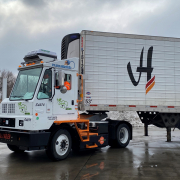
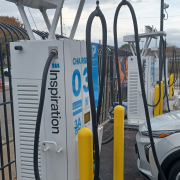
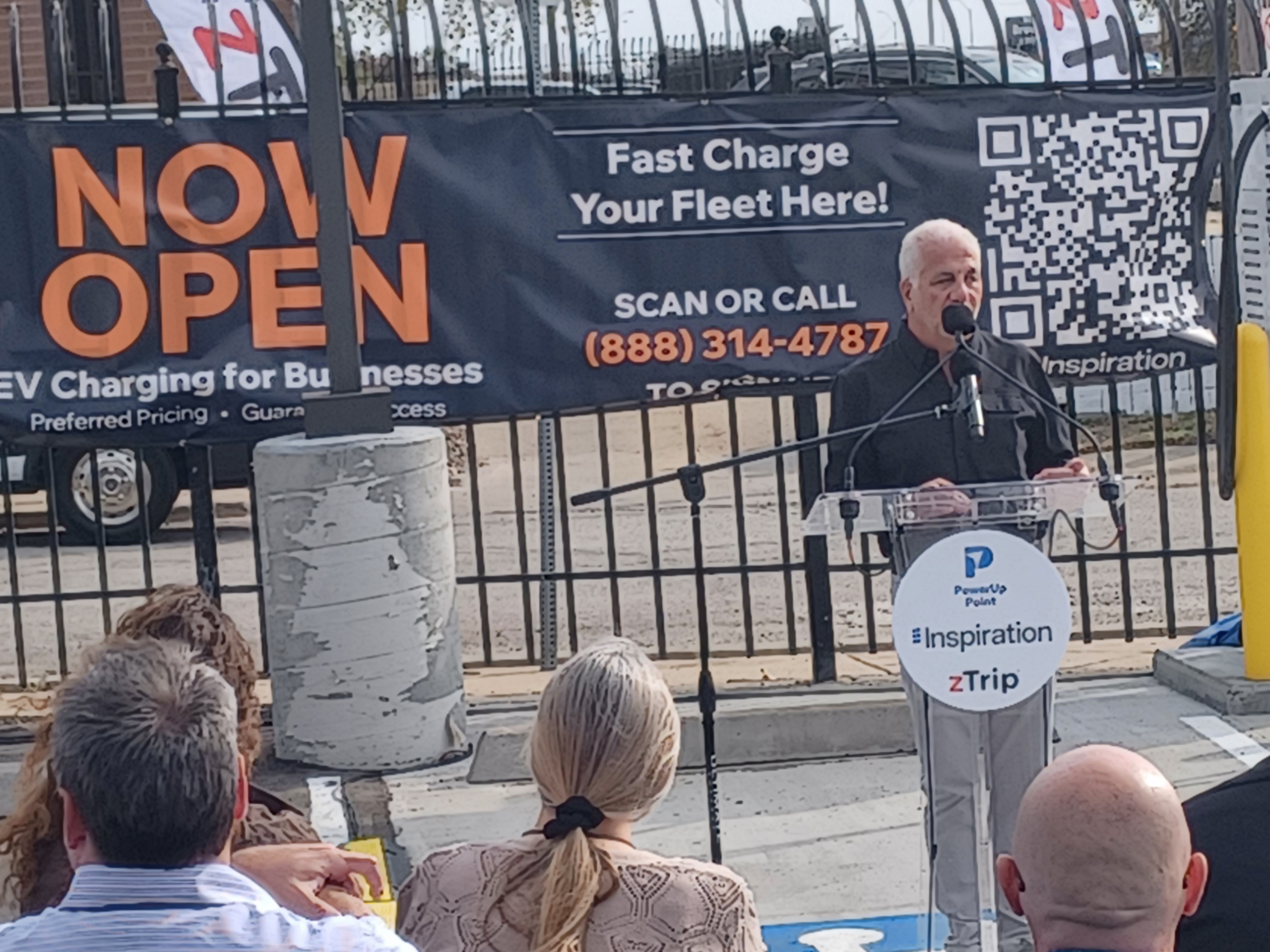
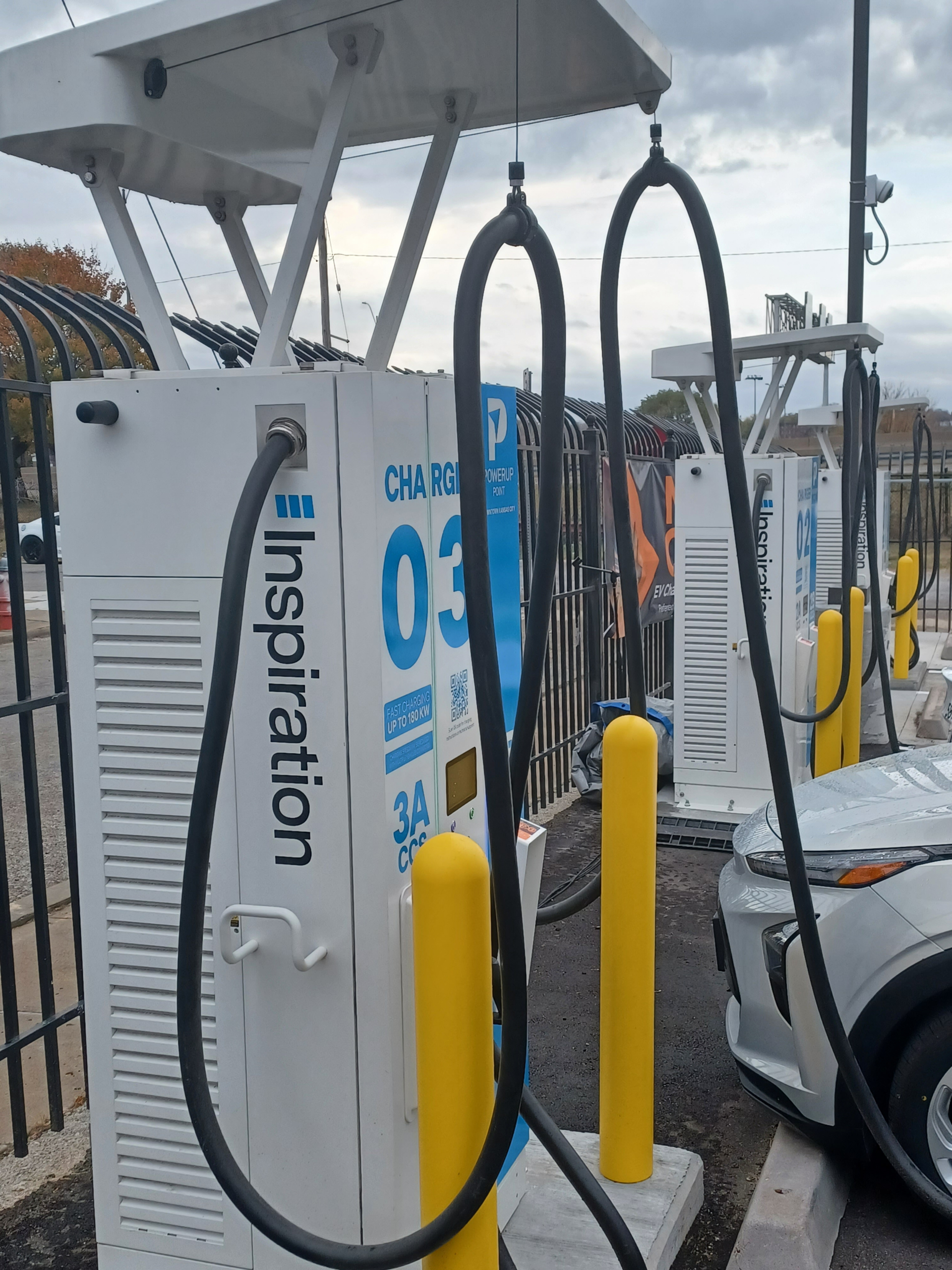




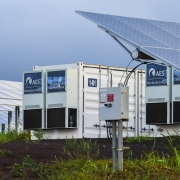
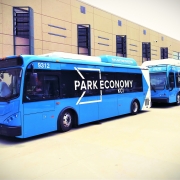

 Photo by: Anissa Parra-Grooms, Metropolitan Energy Center
Photo by: Anissa Parra-Grooms, Metropolitan Energy Center